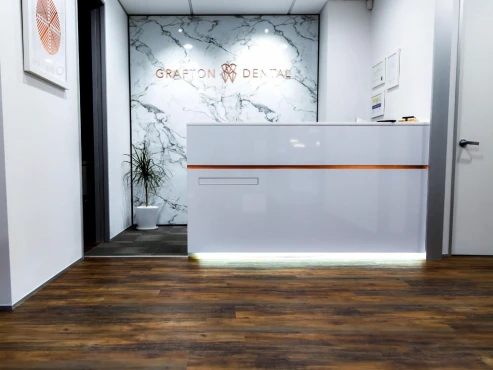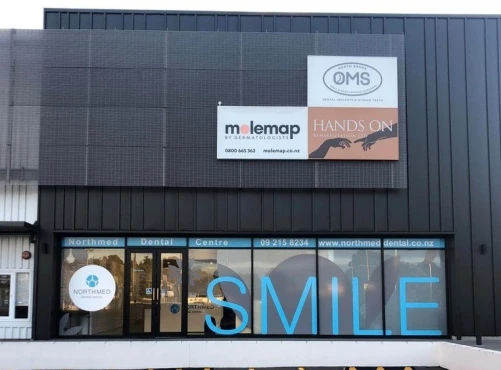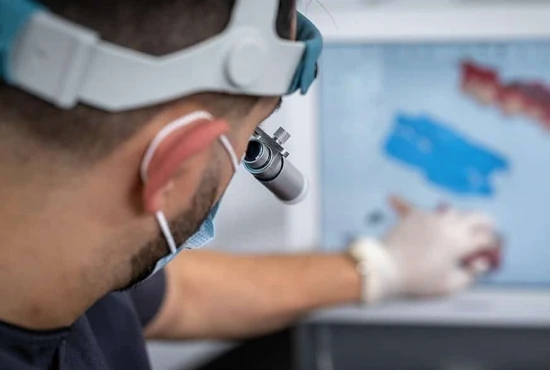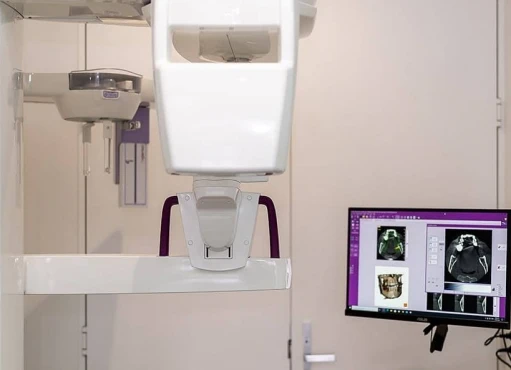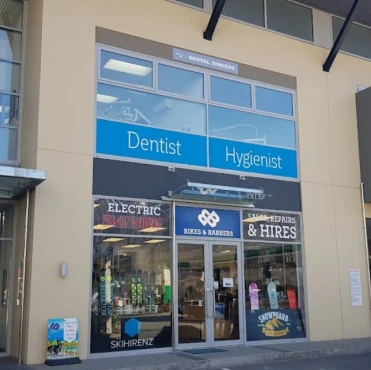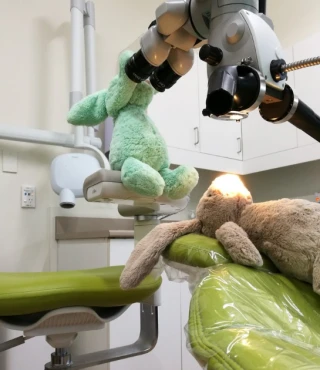Lingual frenectomy in 4 Dentistry clinics in Oceania
4 clinics specializing in Dentistry providing
Lingual frenectomy
Lingual frenectomy is a minor surgical procedure that involves removing or modifying the thin band of tissue (lingual frenulum) that attaches the tongue to the floor of the mouth, usually performed to improve speech or dental issues.
Read more...
procedure in Oceania.
New Zealand · 4
Sorted by:
Relevance
Rating
Cost of procedures
Relevance
Prices for selected procedures, total:
≈ $338
Prices for popular procedures:
Prices for selected procedures, total:
≈ $338
Prices for popular procedures:
1 relevant clinic
Perhaps you should consider 1 more relevant clinic we have found basing on your Location, Procedure filters applied.
Procedure price distribution in Oceania
Lingual frenectomy:
$340
This price found in New Zealand, Auckland
$340
This price found in New Zealand, Auckland
Minimum Average Maximum
Procedure prices in popular countries:
Countries with the highest number of clinics offering the procedures treatment:
Lingual frenectomy:
worldwide
248 clinics
India
18 clinics
Mexico
12 clinics
Hungary
11 clinics
Croatia
7 clinics
United Kingdom
7 clinics
Clinics grouping by rating
Clinic with the highest rating of 4.9 — Grafton Dental in Auckland, New Zealand and 1 more, clinic with the most reviews number of 258 — Northmed Dental Centre - Northcote in Auckland, New Zealand.
With rating 4.0 and over — 4 clinics .



